- Call us: 01444 237070
- Contact Us
- Stores
- Sign In / Register
-
- Back
- Used Cameras
- Used Accessories
- Used Lenses
- Used Video
- Used Film Equipment
- Used Stock Alert
- Used Blank Test
- Sell or Part Exchange
- Used Clearance
- Recently Added Used Equipment
- Park Picks
- All Used Black Friday Deals
- Faulty
- Trade-In
- Blog
- New in
- Call us
- Contact us
- Stores
- Sign in
- Categories
- Tips & Inspiration
- Reviews
- News
- Events
- Features
- Buying Guides
- Competitions
Budget-friendly Wildlife Photography with Fujifilm
Wildlife photography can be an incredibly rewarding way to spend time outdoors, helping you decompress from the day-to-day while growing an appreciation for nature. Whether exploring local parks or heading further afield, there’s real joy in spotting birds, animals and insects while trying to capture the moment with your camera.

As with many genres, there’s a vast range of cameras and lenses available, and for wildlife photography in particular some come at eye-watering prices. It’s not unusual for professional wildlife lenses to cost as much as a used car, which is off-putting for anyone just starting out.
That’s why we’ve created Budget Wildlife Photography buying guides, where we aim to try cameras and lenses for real-world wildlife, which are much more accessible than pro equipment. Naturally we always want the highest burst frame rates, the widest aperture and latest technology, but is it necessary if you’re a beginner just starting out?
In this post we explore budget-friendly wildlife photography with Fujifilm, and discover whether the Fujifilm X-T50 with XC 50-230mm f/4.5-6.7 OIS lens is a good choice for beginner wildlife photography with a Fujifilm camera. We discover what it’s like to photograph fast moving and stationary subjects, while discovering some of the strengths, weaknesses, and who this kit could be for.
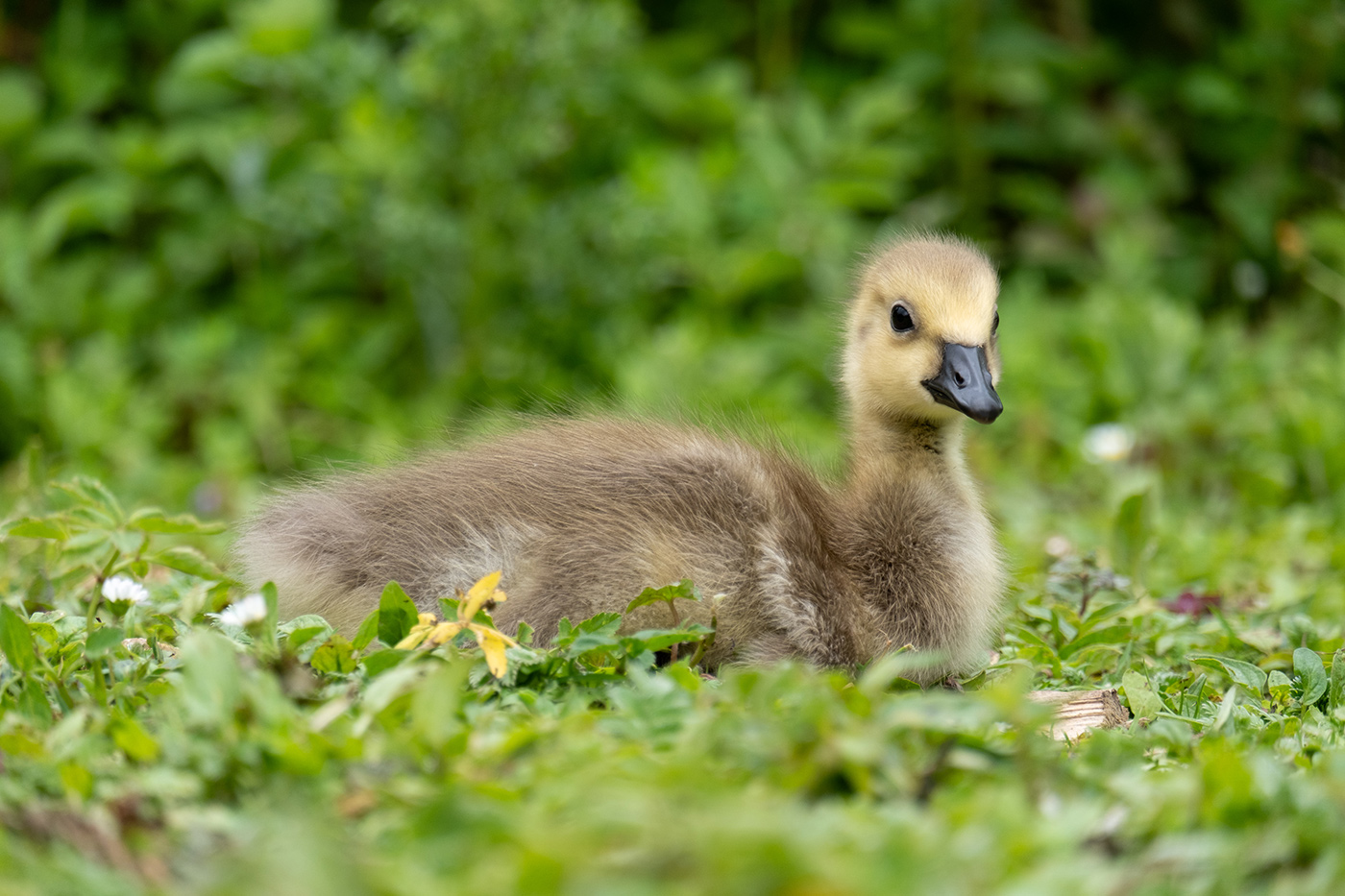
Sample photo of duckling at 192mm. Camera settings: 1/550 sec. f/6.4. ISO 400 (right click to enlarge)
Sample images
Nick Dautlich shot samples with the X-T50 and a first generation used Fujifilm XC 50-230mm f/4.5-6.7 OIS Lens during 4-5 sessions in varied conditions. This included sunny and overcast days, which offered an insight into the kit, even though golden hour shooting wasn’t possible. Locations included a local wildlife reserve, National Trust grounds, and ponds where birds and animals are common.
Sample images retain the original crop unless noted, and noise reduction was applied to most of the RAW files, which were all edited to taste in Lightroom.
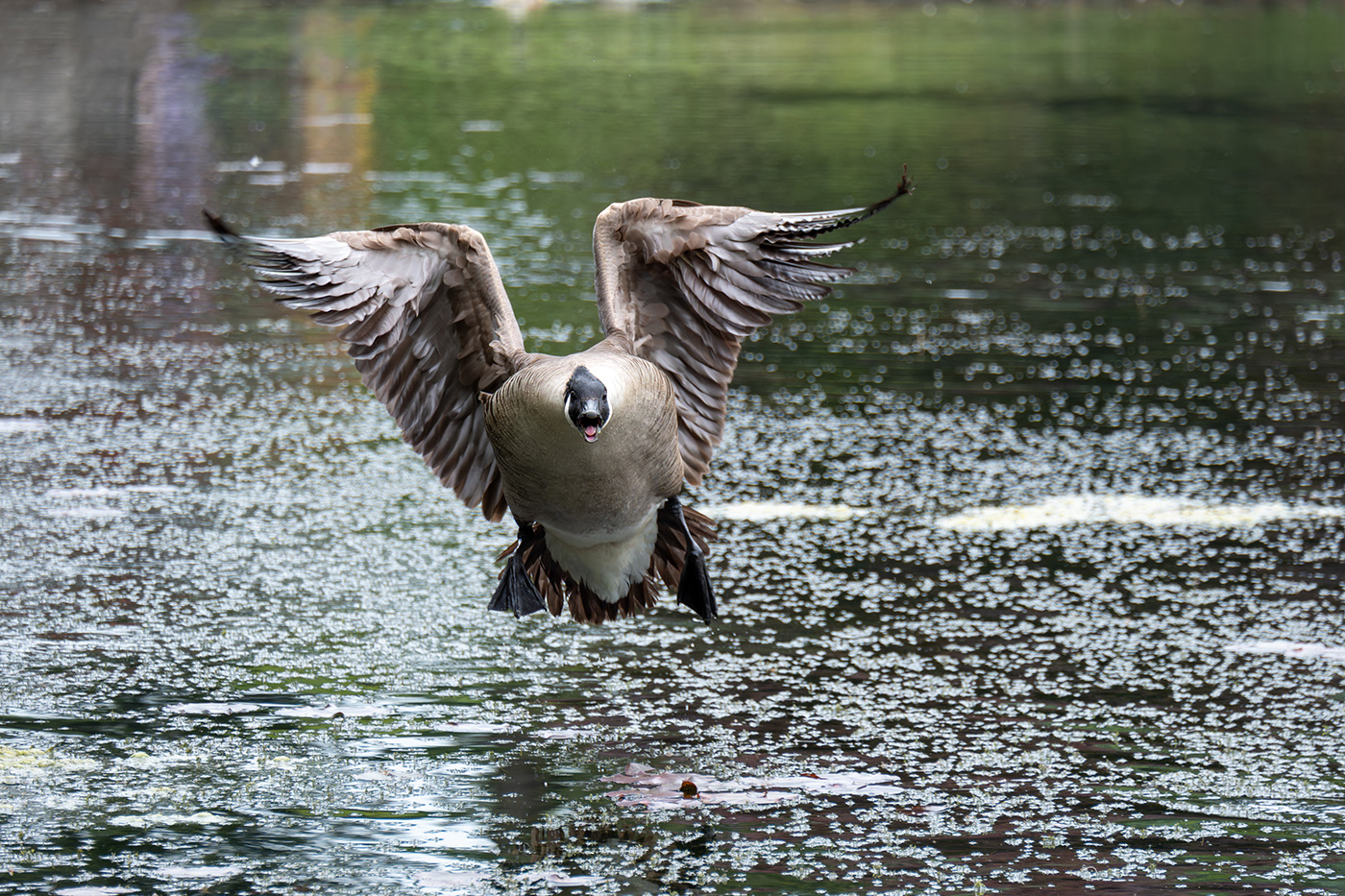
Sample goose in flight at 182mm. Camera settings: 1/1000 sec. f/6.4. ISO 1250 (right click to enlarge)
Features for Wildlife
The X-T50 is from June 2024, which is quite new, and costs around £1,299.00, or it can sometimes be found used for about £1000.00. It’s a ver compact APS-C format camera, which features Fujifilm's high-res 40.2MP back-illuminated X-Trans CMOS 5 HR APS-C sensor, first seen in the X-H2, which provides excellent detail and Fujifilm’s familiar 1.5x crop factor.
This turns the XC lens into a 76-350mm full-frame equivalent, which is just enough reach for smaller birds, mammals, and other distant subjects. I shot with the mark 1 lens, which starts at used around £150.00, however the mark 2 Fujifilm XC 50-230mm F/4.5-6.7 OIS Mk II Telephoto Zoom Lens Black has improved stabilisation, which is definitely helpful for wildlife photography.
You can browse used Fujifilm cameras and used Fujifilm lenses to view current stock, and it’s good to know that these all come with a six month warranty for peace of mind.
The camera has a ‘Sports Finder’ crop mode for a further 1.25x angle of view change, which provides even greater reach with any lens. I tested this on a few of the sample shots, and found it a great way to get even closer to birds in flight, and to fill more of the frame with a small or more distant subject.

For focusing the camera includes Fujifilm’s latest AI-based subject detection system, which recognises and tracks birds, animals, and other subjects. The AF system has 425 selectable points, and the X-T50 supports AF-C with Wide/Tracking modes, which is great if you want to tap to track a subject with the touchscreen.
AF was generally very reliable at recognising and tracking, proved surprisingly accurate with erratic movements, and picked up small birds from a considerable distance. It did miss focus on some frames as birds flew around quickly, but often the issue was down to me being slower to react when panning or adjusting the zoom.
This highlights that when we’re new to a subject (which I am to wildlife), it’s often our own skills that need to be developed first, and it pays to improve our skills before buying more expensive equipment.
We’ll come back to autofocus shortly, but next let’s take a look at image quality.
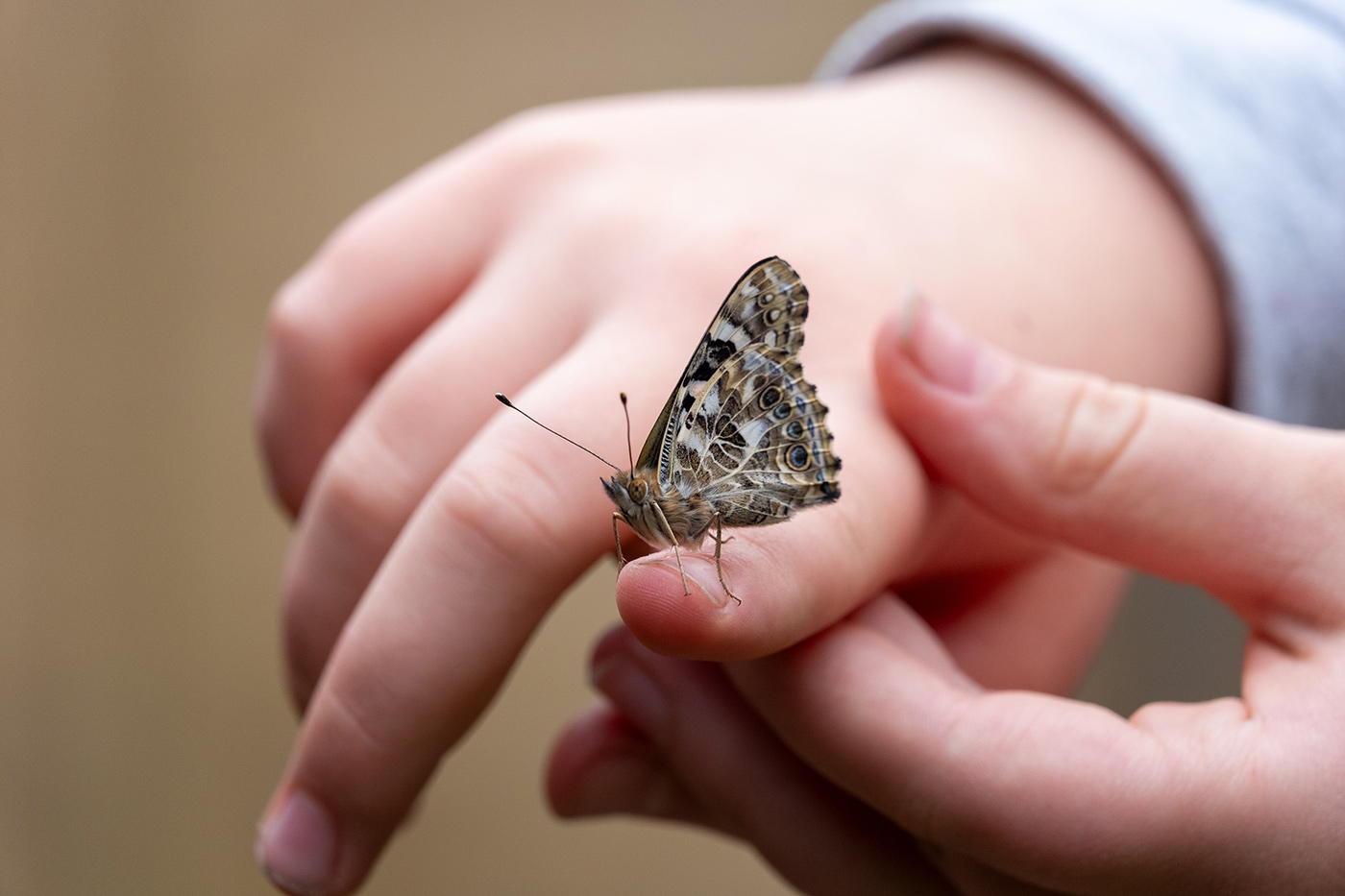
Sample butterfly at 230mm. Camera settings: 1/680 sec. f/6.7. ISO 800 (right click to enlarge)
Image Quality and Handling
The Fujifilm X-T50 produces excellent results with plenty of detail and wide dynamic range, allowing us to retain highlight and shadow detail even in quite high contrast scenes. It supports 14-bit RAW files with lots of tonal information, and the sensor handles detail well, with more than enough resolution for cropping if the subject is too small in the frame.
The lower base ISO of 125 is great for shooting in bright conditions and helps to minimise noise, certainly making a welcome improvement over the long-standing base ISO 200 of earlier X-series cameras.

Sample duck at 75mm. Camera settings: 1/1000 sec. f/5. ISO 1250 (right click to enlarge)
Although quite long in the tooth the first-generation lens also performed well. It doesn’t quite resolve the 40MP sensor, which is only noticeable when pixel peeping, however if you have any of the previous Fujifilm cameras with the 26MP sensor, this lens can deliver perfectly sharp results. Despite its slightly lower resolving power, the lens shows excellent sharpness, especially considering the price and low weight, and it handled most of the scenes very well, with accurate colour rendition and great contrast.
If you’re showing off your images on a website or social media, this is a very good Fujifilm camera for beginner wildlife photography that can get excellent results to impress anyone.
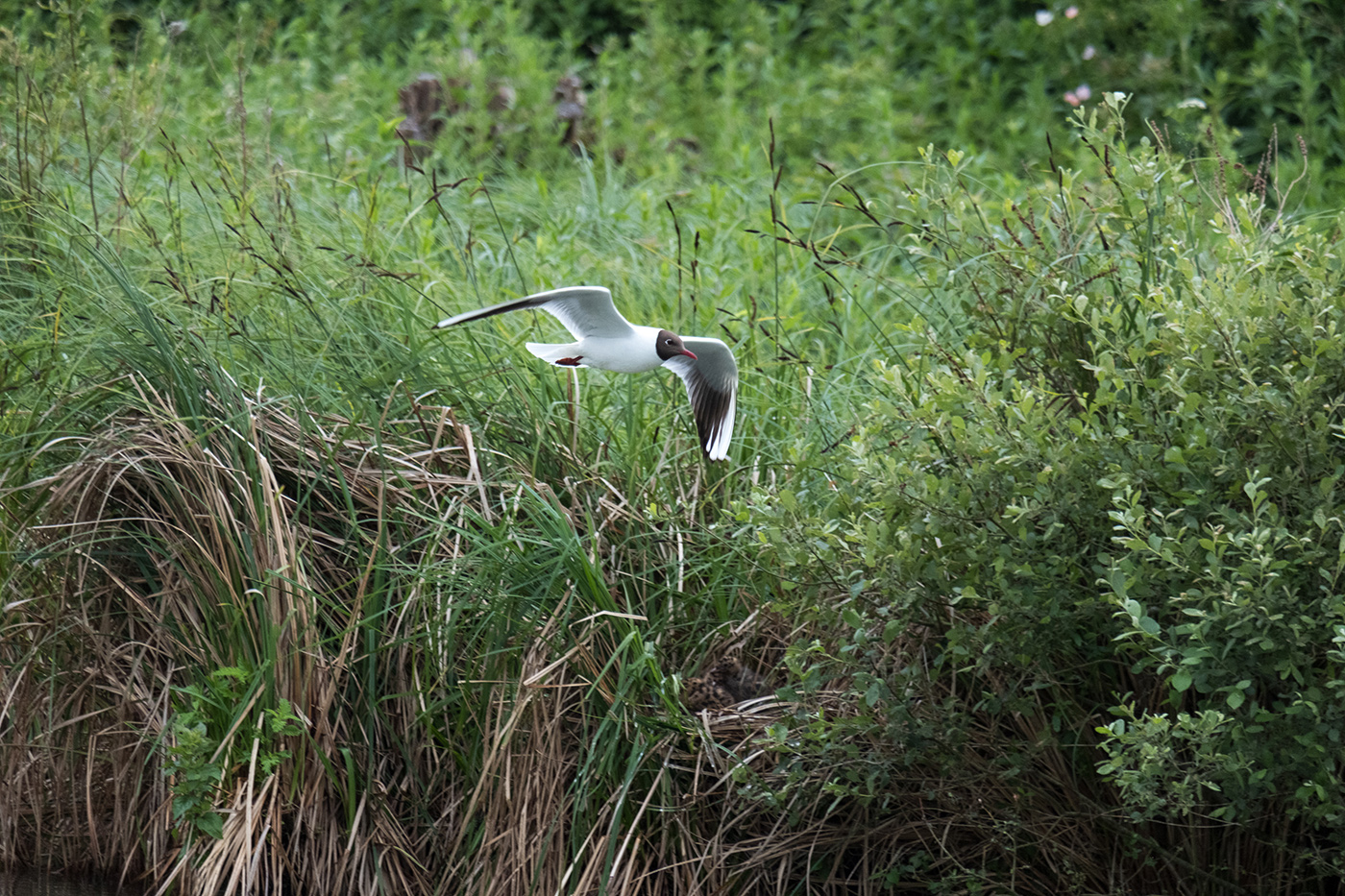
Sample seagull in flight at 230mm. Camera settings: 1/680 sec. f/6.7. ISO 1250 (right click to enlarge)
Autofocus Performance
When AI Subject Detection was set to Birds, it locked on with surprising confidence even in scenes with lots of distracting foliage and messy backgrounds. A small tracking box appears on the target, which helps confirm focus while shooting, and as mentioned earlier AF was generally reliable across a variety of situations.
The XC lens was definitely a touch slower than the camera, particularly when searching for focus from near to far, but this was expected given its age. While not instantaneous it is quick enough to capture a decent number of sharp results, and I always came away with some shots that I was pleased with.

Sample duck in pond at 230mm. Camera settings: 1/680 sec. f/6.7. ISO 1000 (right click to enlarge)
Lens Sharpness
Sharpness at the long end of the XC 50-230mm was better than expected. When stopped down slightly the lens produced very good results with good centre sharpness and respectable edge detail. Combined with the high-resolution sensor, this made it possible to crop-in, which is often required for wildlife subjects.
If you pop-up the image samples (right click), many show impressive levels of detail, with fine details including feathers nicely rendered, and certainly enough to support learning while refining your technique. One of the advantages of photography is that you can always sell your camera equipment to upgrade when your skills outpace your gear.
Next, let’s look at usability and how this kit handles in the field.
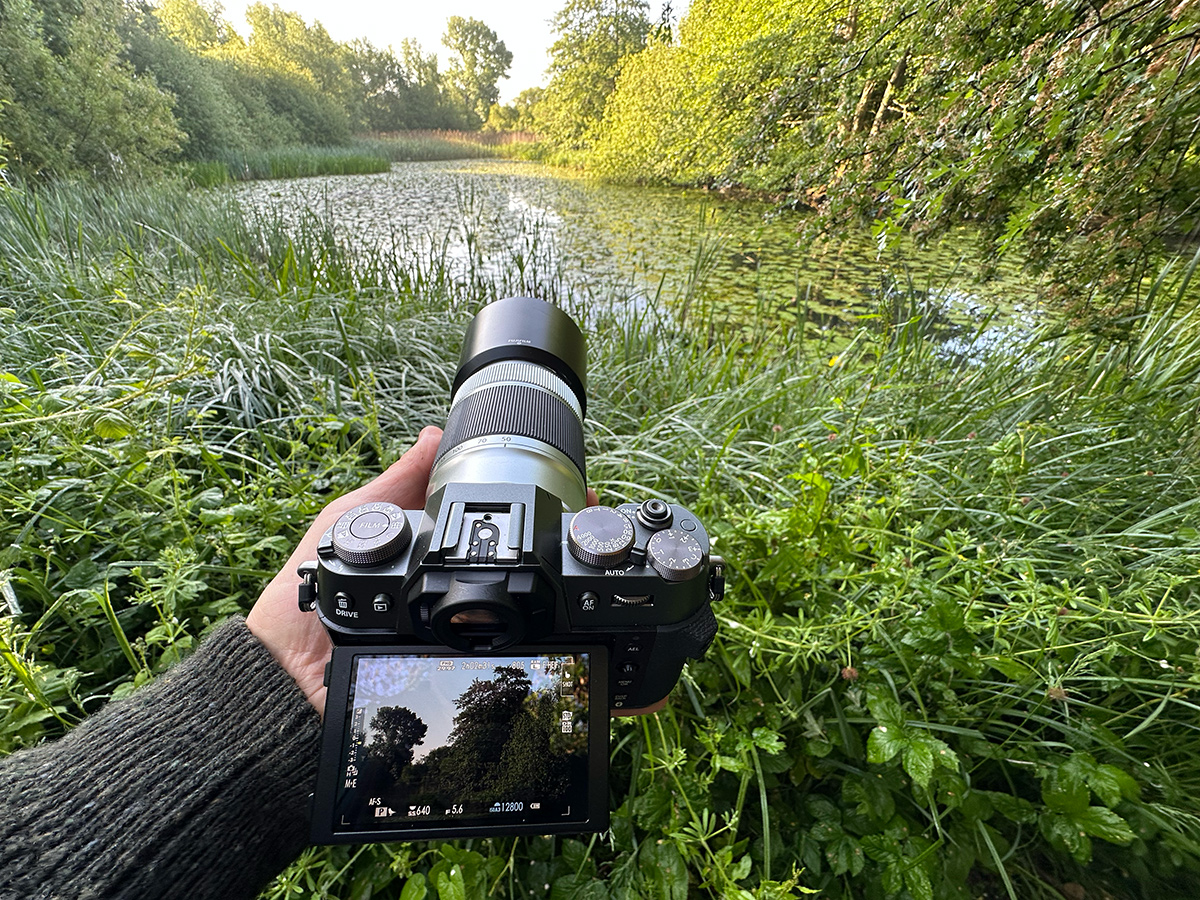
Usability in the Field
This camera and lens weighs approximately 805g (the body is 438g and lens 375g), which is very lightweight for the camera resolution and reach the lens offers, and made it really easy to carry for long periods without any problems.
The EVF has a 2.36M-dot resolution, and while it did show some lag during fast action, switching to ‘Boost’ mode increased the refresh rate and improved the tracking experience. The rear LCD is bright enough and quite responsive, with a tilting design that’s useful for low-angle shots, which you often need when shooting ground-level wildlife.
The mechanical shutter supports up to 8fps continuous burst, which was fast enough to capture most birds in flight that I came across, although I am from a landscape background where 1fps would be perfect! I opted for the mechanical shutter over the electronic to avoid distortion from rolling shutter, although the camera is capable of shooting at up to 20fps in Electronic mode, which is more than enough for most beginners. It’s also worth bearing in mind that you need to review every frame during editing, so firing off 1000s can be very time-consuming during post.
Back to usability, and Fujifilm’s intuitive dial-based control system is always enjoyable in the field, especially with the X-T50’s dedicated exposure compensation dial, which makes exposure adjustments quick and easy if needed. It is also Fujifilm’s first camera with a dedicated Film Simulation dial, which I tried a few times while capturing both RAW and HEIF files simultaneously.
It’s worth noting that neither the camera nor the lens has any weather sealing, so if you’re heading out to shoot wildlife, keep an eye on the conditions, and avoid dusty or rainy days unless you’ve got a hide or umbrella.
`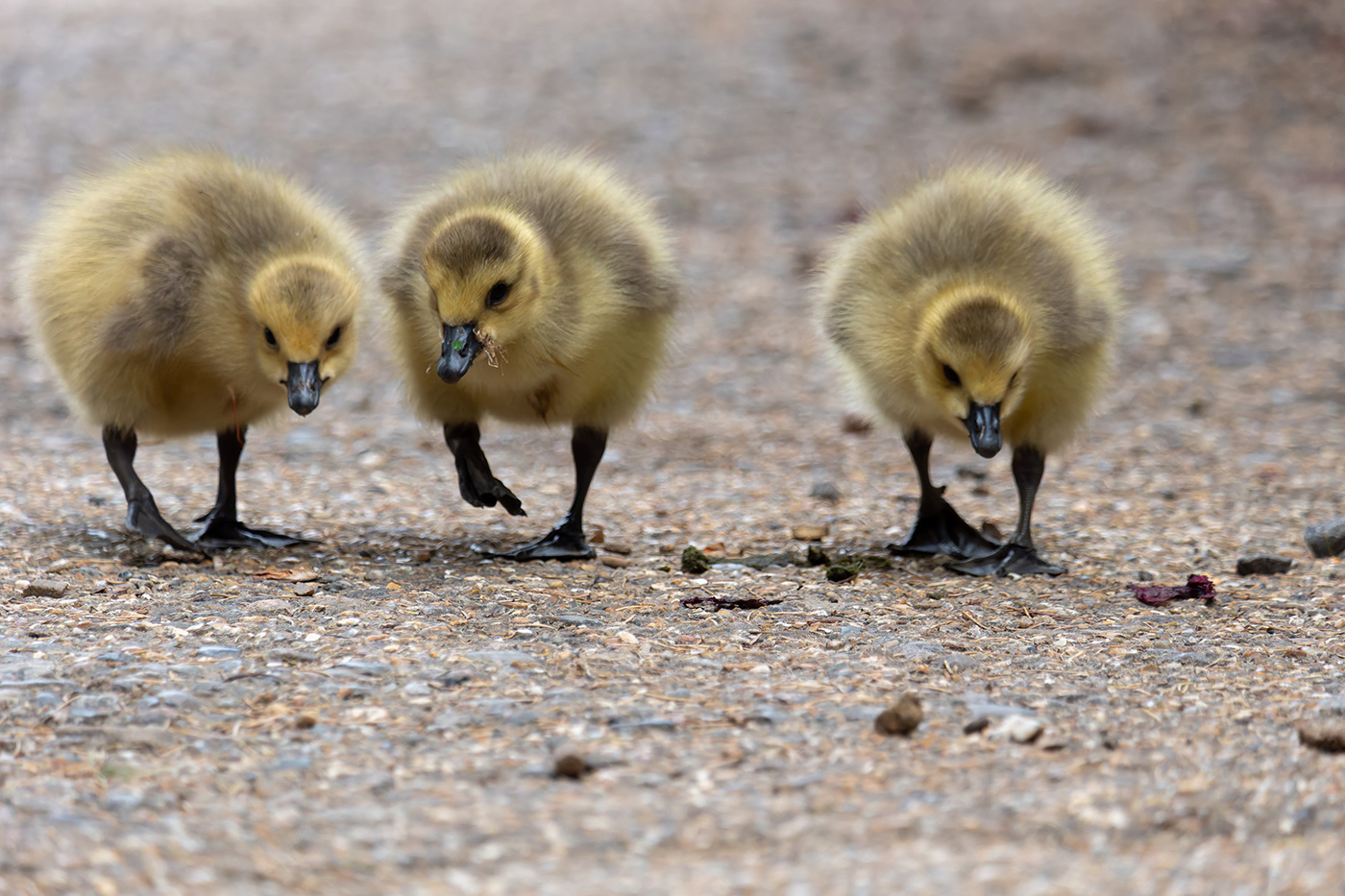
Sample 3 ducklings at 230mm. Camera settings: 1/1000 sec. f/6.7. ISO 3200 (right click to enlarge)
Shooting wildlife with this Fujifilm kit was genuinely eye-opening. The XC 50-230mm lens costs under £200 (for the first-generation version), and combined with the X-T50 body, the total weight comes in well under 1kg. This makes for an extremely lightweight, highly portable setup that is cost-effective, yet still includes Fujifilm’s latest AI-powered subject detection and tracking.
Despite being a mid-range camera, the X-T50 has all the essential features for photographing fast, small and unpredictable subjects. You get access to advanced AF modes, burst shooting up to 8fps with the mechanical shutter, and a high-resolution 40.2MP sensor, which is capable of delivering sharp images with enough detail to crop as needed.
While it doesn’t include all of the bells and whistles from flagship X Series cameras such as a faster burst or a deep buffer, this is perhaps the best budget wildlife camera from Fujifilm, which performs impressively enough.

Sample goose in flight II at 180mm. Camera settings: 1/1000 sec. f/6.4. ISO 1250 (right click to enlarge)
For beginners or enthusiasts looking to get into wildlife without spending £1000.00s, this Fujifilm kit shows that you don’t need professional gear to capture really rewarding images. It’s more about practice and patience, which is why we’ve put together 10 tips from wildlife experts for you below.
In the meantime, why not explore our range of used Fujifilm cameras, and used Fujifilm lenses, or shop for a brand new Fujifilm X-T50 silver with a new Fujifilm XC 50-230mm F/4.5-6.7 OIS Mk II Telephoto Zoom Lens Black to begin your own wildlife photography journey.
Save Money with Used Gear for Wildlife Photography
If you’re looking to keep costs down as far as possible, while still getting great quality equipment, consider buying second-hand camera equipment. Used camera bodies and lenses is one of the most effective ways to get quality wildlife gear for less, especially if you’re after longer telephoto lenses or a more capable autofocus system.
Many photographers use this approach to build their kit over time, picking up an affordable used body first, then adding longer lenses as they go. Our guide to budget-friendly used camera and lens kits shares some great options for under £500 and £1,000.
Share this post:
By Nick Dautlich on 02/07/2025
Nick Dautlich
Senior Content Writer and Product Reviewer
Nick Dautlich is the Senior Content Writer and Product Reviewer at Park Cameras, with over 15 years of photography experience. A Sony Imaging Professional and expert reviewer, Nick has worked with major brands such as Canon, Sony and Nikon. His work is also featured on Vanguard World UK’s website, Capture Landscapes, and Shutter Evolve. Nick’s photography includes National Trust projects and magazine covers and he is passionate about landscapes and storytelling. Nick also enjoys hiking and teaching his children about nature. Learn more on his profile page.
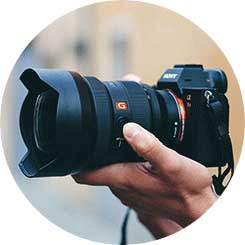
Trade in your old equipment
Fast and easy trade in service ensures your old gear is collected efficiently and you are paid quickly! It's very simple to trade in your unwanted photography gear. Just head over to our dedicated Sell or Part Exchange page, fill out the details, and we'll get back to you with an offer for your old gear. Take the cash, or put it towards the cost of your new gear. It's up to you! Find out more
sign up to the newsletter
Keep up to date on the latest photography news, events and offers. Sign up now